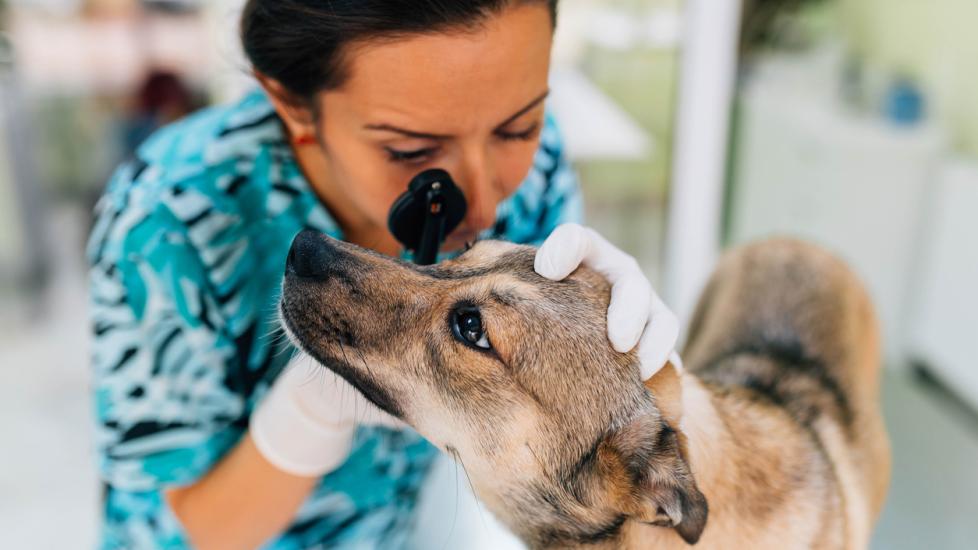Title: Unveiling the Mysteries of Blastomycosis – A Silent Threat to Our Furry Friends
Subtitle: Understanding, Prevention, and Treatment for a Hidden Canine Illness
Introduction Paragraph:
Nestled within the realms of veterinary medicine lies a hidden adversary that can strike fear into the hearts of pet owners and their beloved dogs alike. Blastomycosis is an insidious fungal infection that often goes unnoticed until its effects are well underway. This article aims to shed light on this enigmatic condition, offering insights into its origins, symptoms, diagnosis, treatment options, and preventive measures. Join us as we embark on a journey to unravel the mysteries surrounding blastomycosis in our loyal canine companions.
Paragraph 1: The Elusive Origins of Blastomycosis
Blastomyces dermatitidis, the causative agent of blastomycosis, thrives in moist soil and decaying wood, particularly around bodies of water such as lakes and rivers. It is through inhalation of these spores that dogs become infected, with the disease primarily affecting the respiratory system but potentially spreading to other parts of the body. The challenge lies in recognizing the early signs, which can be subtle or mistaken for more common ailments.
Paragraph 2: Sneaky Symptoms That Shouldn’t Be Ignored
The onset of blastomycosis can be gradual, making it crucial for dog owners to remain vigilant. Common symptoms include persistent coughing, weight loss, lethargy, fever, and joint pain. As the disease progresses, more severe manifestations might involve skin lesions, swollen lymph nodes, organ damage (especially to the lungs), and neurological issues. Regular check-ups with your veterinarian can help catch any underlying health concerns before they escalate.
Paragraph 3: Diagnosis Demystified
Diagnosing blastomycosis involves a combination of clinical observations, diagnostic tests, and sometimes even biopsy if the infection has spread beyond the lungs. Blood work may reveal abnormalities suggestive of an infectious process, while imaging techniques like X-rays and CT scans can detect characteristic changes in the lung tissue. Urine cultures are also valuable tools, as B. dermatitidis grows readily in urine, providing evidence of active infection.
Paragraph 4: Treatment Tailored to Each Doggy Patient
Treatment for blastomycosis typically involves long-term antifungal medication tailored to each individual case based on severity and the extent of organ involvement. Fluconazole is often used as first-line therapy, although other drugs may be necessary depending on drug tolerance and response rates. Supportive care during treatment is essential, including managing side effects, ensuring proper nutrition, and monitoring kidney function due to the toxicity of some medications.
Paragraph 5: Preventive Measures Worth Their Weight in Gold
Prevention is key when dealing with a stealthy illness like blastomycosis. Keeping your dog away from areas where the fungus thrives, such as wetlands and construction sites, can significantly reduce exposure risk. Vaccination against the disease is currently under development but not yet commercially available. Regular vet visits and routine screenings allow for early detection and intervention, increasing the chances of successful treatment outcomes.
Conclusion Paragraph:
In conclusion, understanding blastomycosis empowers both pet owners and healthcare professionals to recognize the subtle signs, seek prompt medical attention, and implement effective prevention strategies. By staying informed about this elusive threat, we can ensure that our cherished canines lead happy, healthy lives free from the grip of this mysterious malady. Let us continue to champion the welfare of our four-legged friends by arming ourselves with knowledge and dedication to their wellbeing.
